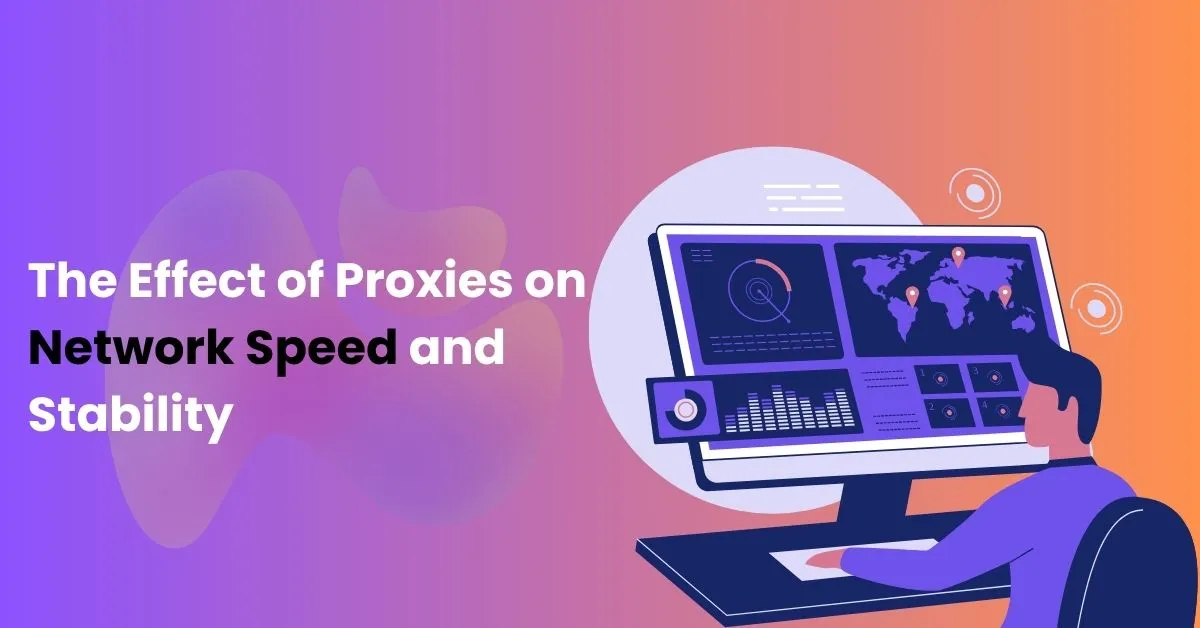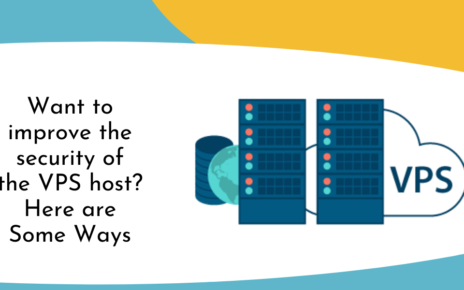A proxy server acts as a middle layer between your device and the internet. Instead of connecting directly, your requests are sent to the proxy first; it then transmits them to the destination server and returns the response. Proxies are used to conceal your IP address, store cached data, filter or regulate traffic, balance loads, and accelerate repeated connections.
Speed and connection stability are vital since they directly affect response time and service quality. Low latency and high bandwidth are essential for streaming, online gaming, large file downloads, and multi-threaded parsing. Stability implies minimal interruptions and maximum uptime — both crucial for continuous operations like automation, backups, and trading. A sluggish or unreliable proxy causes long delays, frequent reconnections, timeouts, data loss, and may trigger blocks or CAPTCHAs on websites. This lowers performance and can negatively impact business processes.
Practical Applications of Proxies: Who Uses Them and Why
- Individual Users: Proxies enhance privacy, conceal real IP addresses, and provide secure internet access through public networks.
- Gamers and Streamers: By selecting a proxy server near the game or streaming host, users can minimize latency and improve connection stability.
- SEO Experts and Marketers: They rely on proxies to check search results from different regions, operate multiple accounts, and perform large-scale website checks without getting blocked.
- Scrapers and Bot Developers: Using proxies allows request distribution across multiple IPs to avoid restrictions and bypass CAPTCHAs during data collection.
- System Administrators and DevOps Engineers: They employ proxies for load distribution, caching, and securing internal systems.
- Companies and Security Teams: Proxies are implemented to filter traffic, control access, log activity, and prevent data leaks; they also help centralize and supervise external connections.
- Testing and QA Teams: Proxies help emulate various network environments, test localization, and debug client-server interactions.
How Proxies Influence Internet Speed and Connection Reliability
A proxy can both enhance and stabilize your connection in certain circumstances. This occurs when the proxy:
- Caches copies of frequently accessed files (like images, scripts, or video fragments) and serves them instantly — reducing page load time since it doesn’t need to fetch data from remote servers repeatedly.
- Compresses and optimizes traffic so that less data travels through the network — especially useful on slower connections.
- Maintains persistent connections to servers, preventing a new handshake for each request — saving time across multiple sessions.
- Distributes high traffic loads across several backend servers, preventing overloads and keeping the site available and consistent.
- Reduces latency when the proxy is geographically closer to the user or integrated into a CDN — making pages and videos load faster.
- Prioritizes critical data streams (like video or VoIP calls) and limits background tasks so that latency-sensitive apps run smoothly.
Factors That Can Reduce Speed When Using a Proxy
1. Low-Quality Proxy Service
- Possible Reasons: Overcrowded servers, poor provider bandwidth, inefficient routing to the destination, or outdated infrastructure.
- How to Diagnose and Fix: Measure latency and speed, switch to a proxy closer to your location or target site, or choose a more reputable provider.
2. Limited Server Resources
- This can cause delays in request handling, 502/503 errors, and longer response times.
- Solutions: Increase hardware capacity (CPU, RAM, network bandwidth), fine-tune configurations, balance load across servers, or implement automation tools for scaling.
3. Provider Limitations or IP Blocking
- ISPs or target websites may intentionally throttle speed, block specific IPs, or apply geo-restrictions and CAPTCHAs.
- How to Recognize It: Noticeable slowdowns at certain hours, inaccessible sites, recurring CAPTCHAs, or 403/429 errors.
- Ways to Resolve: Try changing proxy types, lowering request frequency, or switching to a different provider or proxy node.
How to Select a Fast and Reliable Proxy
- Choose a proxy located close to your users or the target websites — the nearer it is, the lower the latency.
- Before purchasing, measure ping and download speeds — quick response time is vital for real-time use, while higher bandwidth suits large data transfers.
- Shared proxies work for casual browsing or tests; for streaming, business, or parsing, opt for dedicated IPs or premium plans.
- For heavy data extraction, use a proxy pool and add request intervals to prevent IP bans.
- Residential or mobile proxies perform better with protected websites; datacenter IPs tend to get blacklisted faster.
- Enable persistent connections (keep-alive) to minimize delays during multiple requests.
- Evaluate the provider’s uptime and support quality — reliable service and fast assistance are more valuable than a low price.
- If performance drops, switch proxy nodes or restart connections — often that resolves the issue immediately.
- Test in realistic scenarios: simultaneous sessions, extended workloads, and actual sites you’ll interact with.
- Start with a small plan or trial version before committing to a full package.
- Belurk provides nodes across different countries (you can pick the nearest one) and includes a monitoring dashboard, simplifying the search for a high-speed, stable setup for any task.

Frequent Mistakes When Choosing a Proxy
- Basing the Choice Solely on Price
- The cheapest proxies usually come with slow speeds, unstable connections, and poor support. Saving money on essential tasks often leads to greater losses.
- Purchasing the First Proxy Type Available
- Identify your use case first. For instance, using datacenter IPs on platforms requiring residential or mobile proxies (like social networks) will quickly trigger bans or CAPTCHAs.
- Skipping Real-World Testing
- Testing only latency or a single page without multi-threaded or long-term tests often hides real performance issues.
- Ignoring Session Persistence and Rotation Rules
- For applications that need stable sessions (games, logins), IP rotation can interrupt them; for parsing, the absence of rotation increases the chance of blocks.
- Overlooking Provider Restrictions and Website Policies
- High-frequency requests without pauses can cause temporary or permanent bans from the target resource.
- Lack of Monitoring and Failover Options
- Without automatic switching between nodes, failures can halt ongoing operations.




